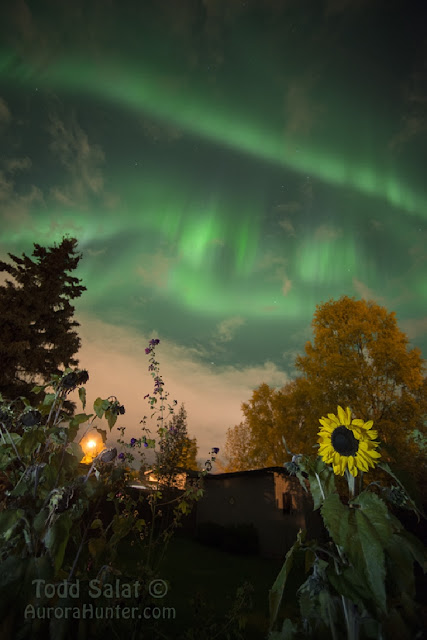The Lunar Reconnaissance Orbiter mission has discovered hundreds of small, active, faults on the Moon - and the forces powering them seems to be Earth's gravity and the Moon's cooling interior. "The discovery of so many previously undetected tectonic features as our LROC high-resolution image coverage continues to grow is truly remarkable," said Mark Robinson of Arizona State University, coauthor and LROC principal investigator.
| Above: One of the geologically young lobate thrust faults. Courtesy of NASA. |
'Solid cloud' seen on Pluto...
Even though New Horizons only had a few brief hours in the Pluto system to observe the dwarf planet and its moons, it's apparent that the 'last stop before Alpha Centauri' will be keeping scientists busy for decades at least. As well as the vast sea of nitrogen/carbon monoxide glaciers, mysterious ice patterns, huge black mountains and 'impossible' dune like features, the most recent sunset view of Pluto has revealed strange 'Candyfloss' or 'broccoli' structures covering parts of the surface, hundreds of kilometres tall. No-one is sure what they are, but the speculation I've heard includes monstrously overgrown hoar frost, and frozen emissions from cryovolcanic vents. New Horizons has delivered one of the strangest images for decades.....
....and a spectacular aerial tour:
Surface of comet 67P changes at breakneck speed:
ESA's comet chasing Rossetta spaceprobe has seen geological changes happen on the surface of comet 67-P at breakneck speed... which, geologically, means tens of centimeters an hour or more.... showing that the comet is reshaping itself before the probes eyes. Anticipation is mounting for the release of more data on the makeup of the organic matter from the comet, which is already thought to contain prebiotic compounds.
 |
| Above: Strange, circular, patterns grow in the Imhotep region of the comet, in a matter of days. |
Early solar storm causes aurora:
A Coronal Mass ejection hit Earth a day earlier than predicted this week, causing intense Auroras, visible to astronomers living at high latitudes. For the latest images click here.....
 |
| Above: Bright and unexpected Aurora. |
Fleet of Cubesats to improve ocean weather forecasts:
Business is good for cubesats, with a company called Spire planning a huge fleet of 100 cubesats to improve weather forecasts at sea, and more student cubesats undergoing testing for flight.
 |
| Above: A cubesat undergoing vacuum and thermal testing, courtesy of University of Lige, Belgium |
Prototype Lunar Rover put through its paces to hunt for ancient ice:
At a place called the 'Rock Yard' in Johnson Space Centre the prototype for what might be a lunar ice hunting rover is being put through its paces. Although the mission hasn't been selected by NASA yet, Dan Andrews ans his team are hoping to gain international partnerships to boost the chances of their Resource Prospector rover being sent to the 'valleys of eternal darkness', where the sun hasn't risen for billions of years. The intense cold there has preserved ice and organics from the solar system's birth, which (as well as being a great window onto the ancient solar system) could be used as fuel or even drinking water for future lunar missions.
| Above: Concept art for Resource prospector, courtesy of NASA. |
No comments:
Post a Comment